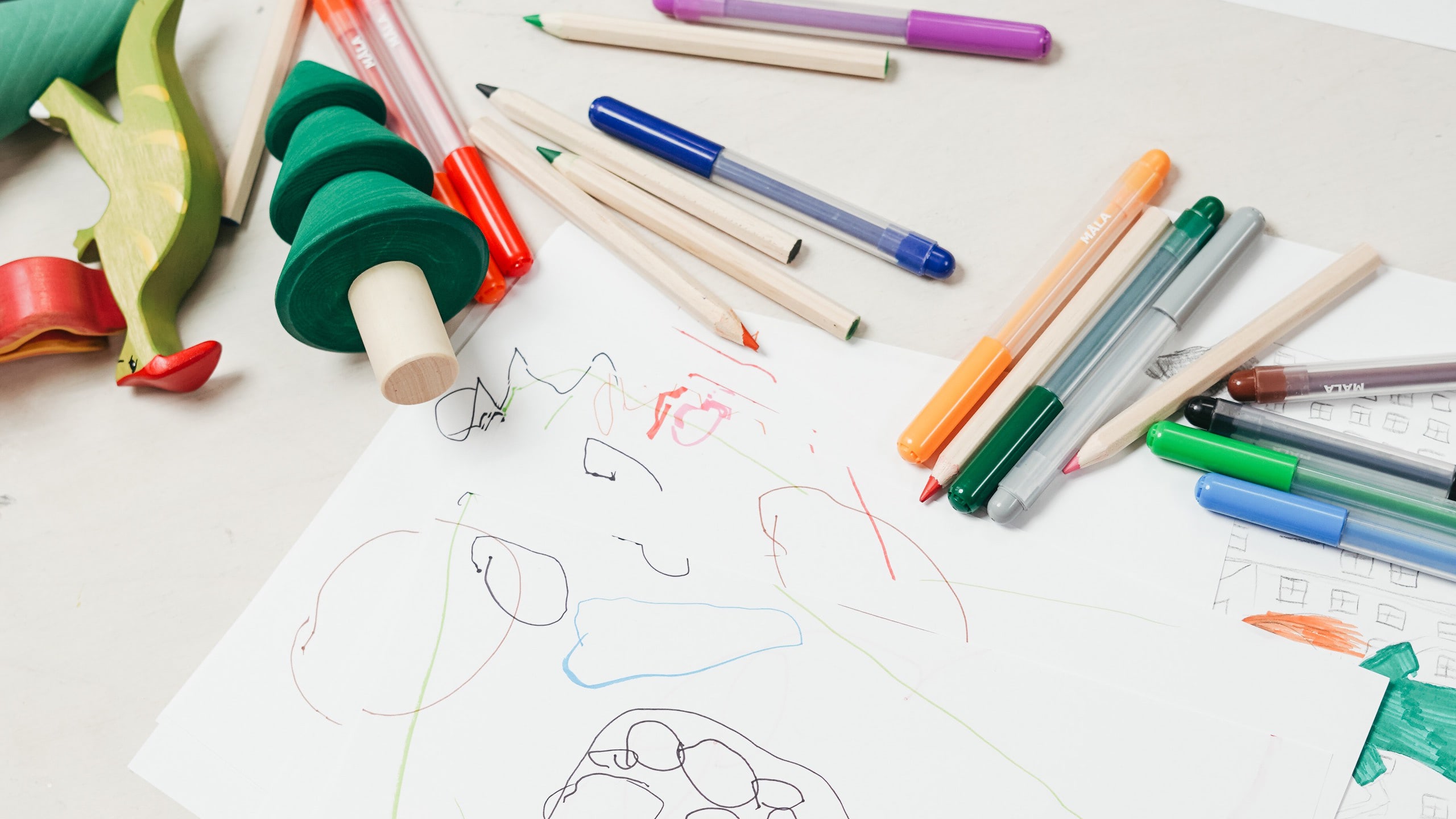Marian Baird and Myra Hamilton

Working from home is nothing new to mothers
Since the federal government announced the lockdown to contain the spread of coronavirus, working from home has become a new reality for thousands of Australians.
The key insight
As Australians begin to return to workplaces many more men will understand the delights – and pitfalls – of working from home.
The stigma previously associated with men working flexibly may also be reduced or even eradicated.
WFH and the challenges that can come with it – managing workloads, balancing work and care responsibilities – has been the familiar terrain of mothers long before the coronavirus pandemic.
About one in five women with children 12 years or younger, work from home.
Mothers who do some of their WFH report strong benefits such as better accommodating family responsibilities. Moreover, some mothers who may not otherwise have done so, can stay in work and progress their careers, which is advantageous to both them and the economy.
Managers have often noted such workers are productive, committed and don’t “lose time” socialising with colleagues in the workplace.
But WFH also comes with pitfalls. Some report a lack of down-time when all-time is potentially work time.
Many feel “grateful” for the ‘privilege’ of working flexibly, and this comes with pressure to go above and beyond. Consequently, mothers often put in many hours of unpaid work, checking emails at night and during days off. For home-based employees these pressures can lead to stress, anxiety and exhaustion.
In this time of COVID-19 WFH, managers and supervisors play a critical role in setting reasonable workloads, communicating these clearly to staff, encouraging staff to carve out down time (when they don’t “log on”) and leading by example. This will protect their employees’ wellbeing as well as their loyalty and productivity.
Managers and supervisors, now with first-hand experience of WFH, will better understand the needs of people with family responsibilities and, let’s hope, will be more willing and able to support their employees to work flexibly.
Many are doing it for the first time, grappling with the unfamiliar challenges of working remotely, like managing workloads, meeting employer expectations or combining work with care responsibilities. But working from home and the challenges that can come with it has been the familiar terrain of mothers for some time.
In Australia, according to ABS figures, 64 per cent of women with pre-school aged children and approximately 80 per cent of women with older dependent children are employed. About half of women with children aged 12 and under work flexibly or part-time, and about one in five work from home. Research about mothers who work from home can tell us a few things about the pleasures and pitfalls of working from home during the coronavirus pandemic.
Mothers who do some of their weekly work hours from home report strong benefits. Their time is more flexible and they are able to more easily accommodate their family responsibilities, reducing the guilt they experience when paid work interferes with family. Opportunities to work from home mean that some mothers who may not otherwise have done so can stay in work and progress their careers rather than leaving the workforce altogether, which is disadvantageous for both them and the economy.
Research also suggests that mothers who work from home are highly productive, generating a double boon for employers – keeping female employees in their workforce without having to recruit or retrain, while benefiting from the high level of productivity mothers achieve. Managers have often noted that this type of worker is productive, committed and doesn’t “lose time” socialising with colleagues in the workplace.
But working from home also comes with pitfalls. Research suggests that it can blur the boundaries between work and family. Some report a lack of down time when all time is potentially work time. Appropriate limits on workload become fuzzy, with some reporting the inflation of expectations by their managers.
Many feel “lucky” and “grateful” for what is perceived as a privilege of working flexibly, and this comes with pressure to strive, to go above and beyond. Consequently, mothers often do extra hours and check emails at night and during days off, putting in many hours of unpaid work. For employees working at home, these pressures can lead to stress, anxiety and exhaustion.
In the time of COVID-19, with so many Australians unexpectedly working from home, the role of managers and supervisors is critical in setting reasonable workloads and expectations, communicating these clearly to staff, encouraging staff to carve out down time (when they don’t “log on”) and leading by example. This will protect their employees’ health and wellbeing as well as their loyalty and productivity.
When lockdowns are eased and Australians begin to return to workplaces after COVID-19, many more men will understand the delights – and pitfalls – of working from home. The stigma that has been associated with men working flexibly may also be reduced or even eradicated. Managers and supervisors, now with first-hand experience of working from home, will better understand the needs of people with family care responsibilities and, let’s hope, will be more willing and able to support their employees to work flexibly.
This article was originally published in the Sydney Morning Herald. Read the original article.
This is part of a series of insights related to Coronavirus (COVID-19) and its impact on business.
Image: cottonbro
Professor Marian Baird (PhD) is Chair of the Discipline of Work and Organisational Studies at the University of Sydney Business School and Professor of Gender and Employment Relations.
Myra is an Associate Professor and Principal Research Fellow at the ARC Centre of Excellence in Population Ageing Research, in Work and Organisational Studies at the University of Sydney Business School. She is a sociologist and social policy researcher whose research focus is on gender, ageing and care.
Share
We believe in open and honest access to knowledge. We use a Creative Commons Attribution NoDerivatives licence for our articles and podcasts, so you can republish them for free, online or in print.





